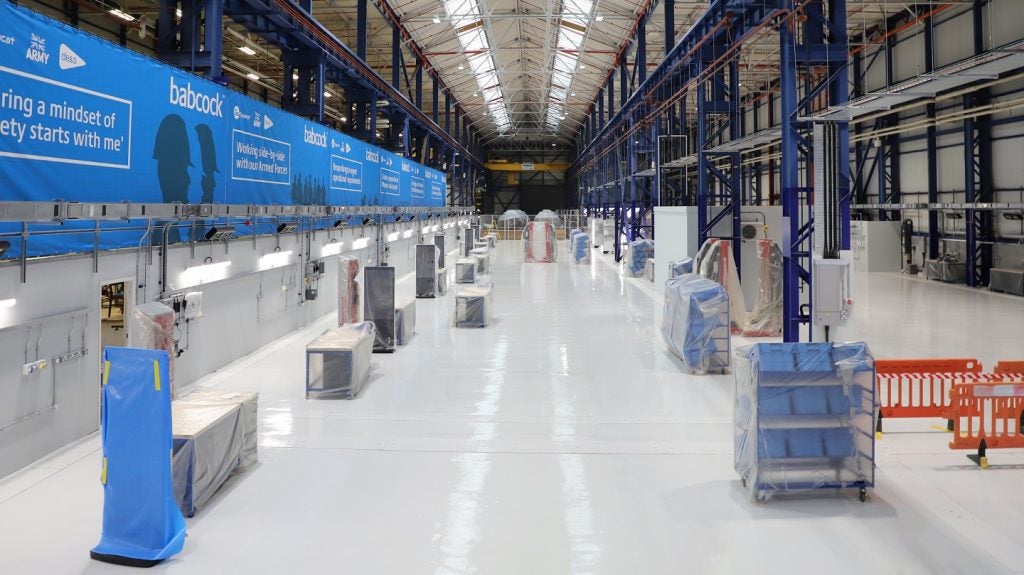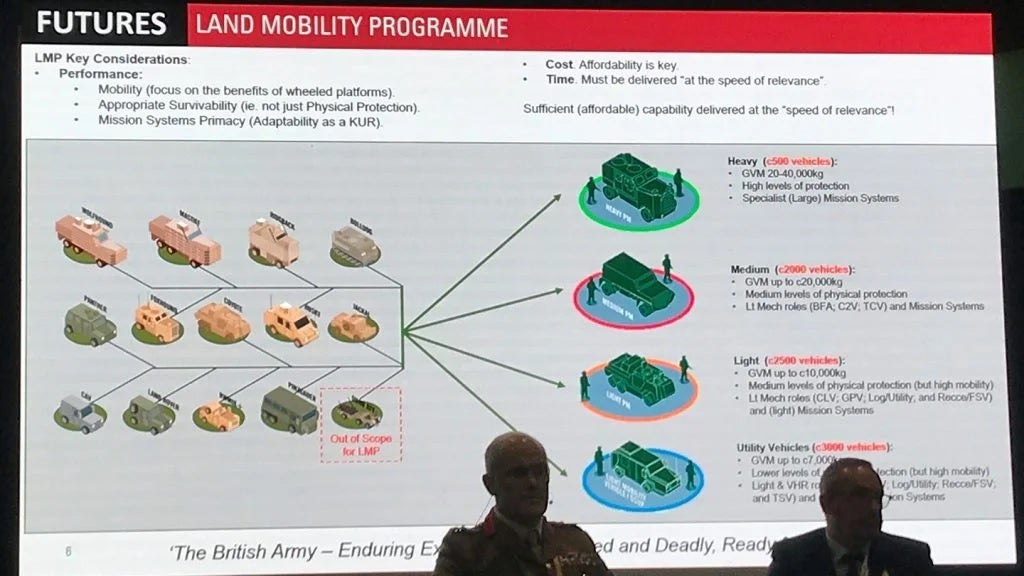
Production has got underway on the build of a fleet of 70 new High Mobility Transporter (HMT) Jackal 3 vehicles for the British Army, according to UK defence companies Babcock and Supacat, with the build split 62/8 respectively.
Babcock will build its share of the HMT Jackal 3 order at its Devonport site, while the remaining eight vehicles will be built at Supacat’s manufacturing facilities in Dunkeswell. Production of the new vehicles is planned to be completed by the summer of 2024.
According to a 1 February 2024 release, the project is one of the first contracts to deliver on the UK’s Land Industrial Strategy, with the British Army itself undergoing a consolidation in platforms towards the use of more common design across the service.
The Jackal 3 is the latest generation of Jackal vehicles that first entered service with the British Army in 2008, including improved crew protection and increased Gross Vehicle Mass for greater load carrying. In addition, a new suspension system will improve off-road performance, with the vehicle able to be reconfigured from its current 4×4 configuration into a 6×6 variant to increase load carrying capacity.

The agreement for the provision of an initial 70 Jackal 3 HMTs for the British Army first came to light in February 2023, which also contained a provision for an eventual total provision of 240 of the type. There are around 700 Jackal variants in the British Army.
British Army seeking to consolidate mobility platform numbers
The development of a Jackal 3 is timely, as it aligns with an ongoing UK Ministry of Defence (MoD) effort to replace and reduce the 16 vehicle types currently in the British Army’s mobility fleet down to around five designs, under the Land Mobility Programme (LMP). A decision on a strategic outline case for the LMP is expected in February 2024.
How well do you really know your competitors?
Access the most comprehensive Company Profiles on the market, powered by GlobalData. Save hours of research. Gain competitive edge.

Thank you!
Your download email will arrive shortly
Not ready to buy yet? Download a free sample
We are confident about the unique quality of our Company Profiles. However, we want you to make the most beneficial decision for your business, so we offer a free sample that you can download by submitting the below form
By GlobalDataRevealed at the DSEI event in London in September 2023, funding for the first ten years of the LMP would be around £2.2bn, ($2.8bn) although replacement platforms would not be acquired on a one-for-one basis, with the emphasis around increasing commonality across base platforms that can be rerolled or fitted with mission-specific equipment.
In-service platforms that will be part of this consolidation effort include the Wolfhound, Mastiff, and Ridgeback protected mobility platforms, the Panther and Foxhound 4x4s, the tracked Bulldog FV430, as well as utility platforms such as the Coyote, Jackal, Land Rover, and Pinzgauer.
One of the main causes of the range of platforms utilised in the British Army’s mobility fleet is a legacy of the conflicts in Iraq and Afghanistan, when the service found itself under-equipped for the type of vehicles required to conduct sustained counter-insurgency operations. As a result, a series of urgent operational requirement acquisitions have left a mark, resulting in unwieldy sustainment and support, and inflated costs.
British Army’s LMP focused on commonality
Overall platform numbers being sought under the LMP effort are still being refined, but information presented at the British Army briefing saw four main categories of platforms being sought – Heavy (~500 vehicles), Medium (~2000 vehicles), Light (~2500 vehicles), and Utility (~3000 vehicles) – for a potential total of around 8,000 vehicles.

The Heavy platform would weight between 20-40,000kg, have high levels of protection and be able to accommodate large mission payloads and system. The Medium platform is envisaged to weigh up to 20,000kg with medium levels of protection, and fulfill roles typically performed by light mechanised infantry.
The Light platform would weigh up to 10,000kg and expand into the mechanised infantry roles into areas such as reconnaissance. It is noticeable in the graphic by the British Army at DSEI 2023, the image used for the Light platform bore a striking resemblance to a 6×6 HMT.



